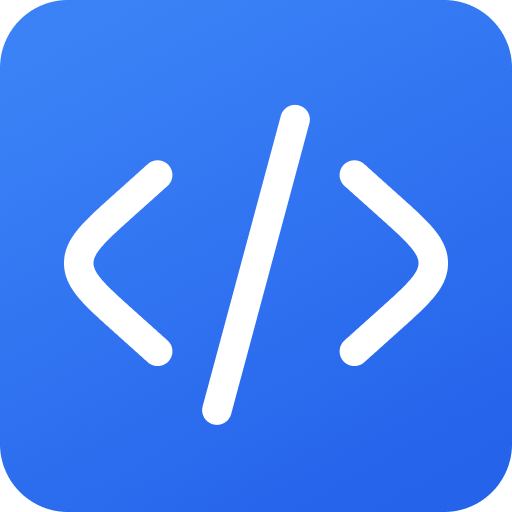The method
Use these prompts in conjunction with n8n. Integrate n8n’s capabilities into LLM workflows. Define your n8n workflow’s purpose, input parameters, and desired output. Feed this info into the prompts for task automation and real-time updates. Ideal for repetitive tasks.
The prompts
Prompt 1
Design an n8n workflow that automatically extracts data from incoming emails, filters it based on predefined criteria (e.g., subject line keywords, sender address), and then uses this data to update a Google Sheets spreadsheet in real-time. The spreadsheet should include columns for 'Date Received,' 'Sender,' 'Subject,' and 'Extracted Data.' Additionally, configure the workflow to send a summary email report every Monday morning detailing the number of emails processed and the total extracted data entries.
Prompt 2
I want to build an n8n workflow to monitor Twitter for specific keywords related to our company's brand. When a tweet is detected containing these keywords, the workflow should: 1. Analyze the sentiment of the tweet (positive, negative, or neutral). 2. If the sentiment is negative, create a task in Asana assigned to the customer support team to investigate and respond. The Asana task should include the tweet's content, a link to the tweet, and the sentiment score. 3. Log all tweets (regardless of sentiment) and their analysis results into a database. Provide a detailed configuration for the n8n workflow including nodes and their settings.
Prompt 3
Create an n8n workflow that triggers when a new file is added to a specific Dropbox folder. The workflow should: 1. Detect the file type (e.g., PDF, DOCX, image). 2. If it's a PDF, extract the text content and summarize it using a Large Language Model. 3. If it's an image, use image recognition to identify objects and tag the image with relevant keywords. 4. Store the original file, the extracted text/summary (if applicable), and the image tags (if applicable) in a dedicated storage location (e.g., AWS S3 bucket). Additionally, create a notification system to alert a specific user when a new file has been processed.
